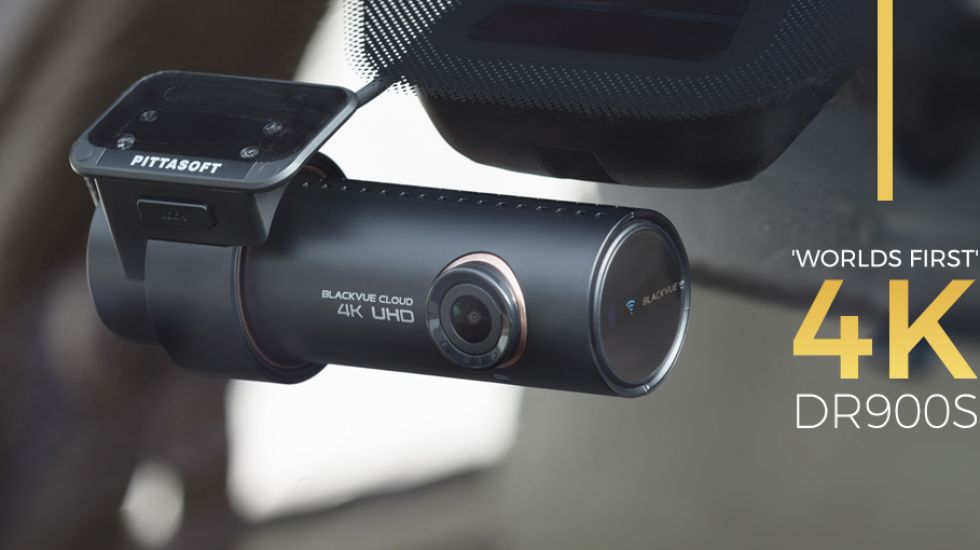

The included accessories: extra 3M adhesive tape, cable clips, a micro SD card adapter for USB, and a nifty little tool for pulling back the headliner and door seals to run the wires effortlessly. The rear-facing HD camera also attaches with 3M adhesive tape and features an adjustable angle. Here’s a close-up of the power input, rear camera input, and the optional GPS input. The front-facing camera unit houses the micro SD card and mounts to the windshield with 3M adhesive tape. It’s perfect for parking-mode, especially if your rig is sitting for a few days. I paid $20 extra for the Power Magic Pro, a convenient little power accessory that monitors a pre-selected battery voltage and turns off the entire unit once that voltage is reached. The camera was purchased from and included everything to install the forward and rear facing cameras.

I opted for the DR470 because of its price point at $199 and because I found no immediate need for GPS or Bluetooth – my life is connected enough! Installing the camera in my 2013 Tacoma was straightforward with no surprises let’s get started and I’ll show you what it takes to install the BlackVue DR470-2CH and start capturing your overlanding adventures! The DR470-2CH is the middle-of-the-road offering from BlackVue, with the upper models featuring GPS, Bluetooth connectivity to a smart phone, and a slightly better camera. I found all of that and more in the BlackVue DR470-2CH. In my case, I wanted a relatively affordable camera that recorded in 1080p, featured a parking mode (a standby mode that only records when it senses movement or shock to your vehicle), and had a rear-facing camera.

Wired into your vehicle’s electrical system, dashcams are truly a set it and forget it piece of equipment. But the dashcam can also pull double-duty as an easy way to catalog your off-road adventures.

Most dashboard video cameras will live a rather mundane life, mindlessly recording daily travels, only to be called upon in the rare instance of an accident. And while these cameras have been used for many years in Europe as a means to fight insurance fraud, they’ve only recently become a hot item in the Western world, thanks to that hunk of space rock burning up the sky back in 2015. The Chelyabinsk Event, as it’s been called, was captured on various dashboard cameras and uploaded to social media outlets with views totaling in the hundreds of millions. The dashboard camera’s popularity has increased exponentially in the past few years, thanks in part to a meteor that entered Earth’s upper atmosphere above Russia with the force of 500 kilotons of TNT.


 0 kommentar(er)
0 kommentar(er)
